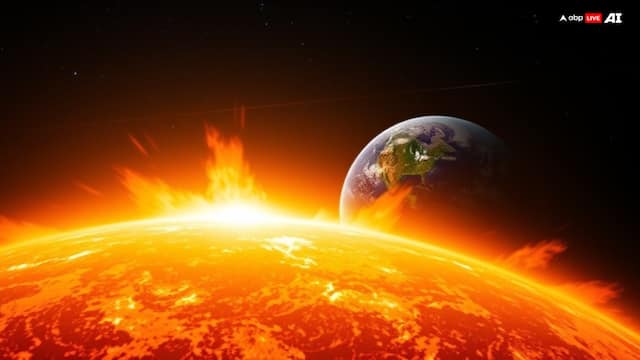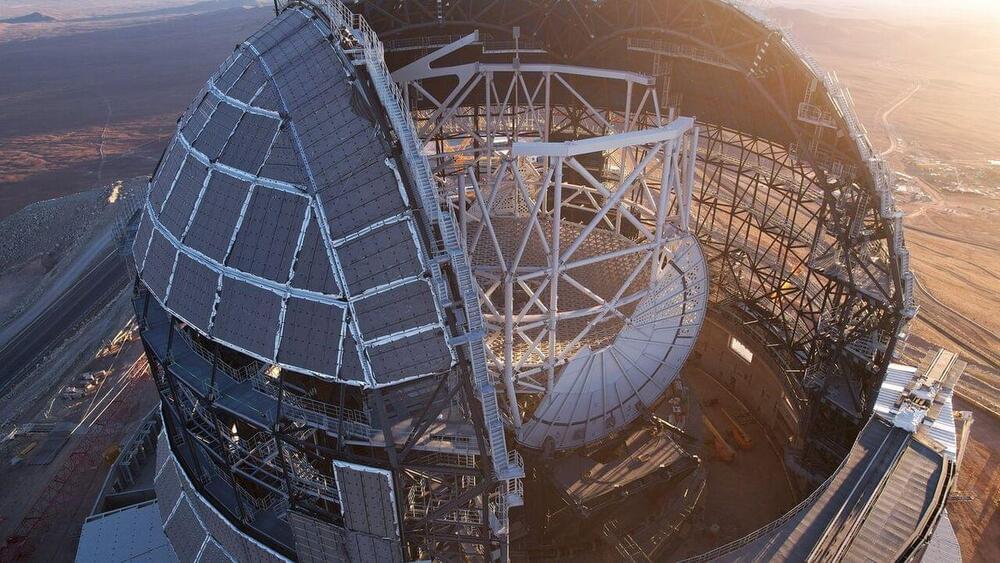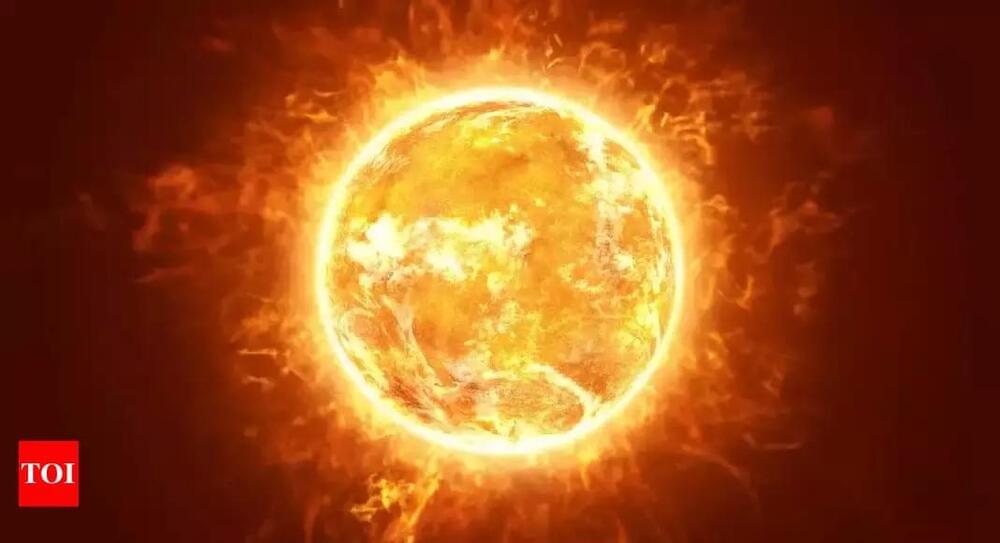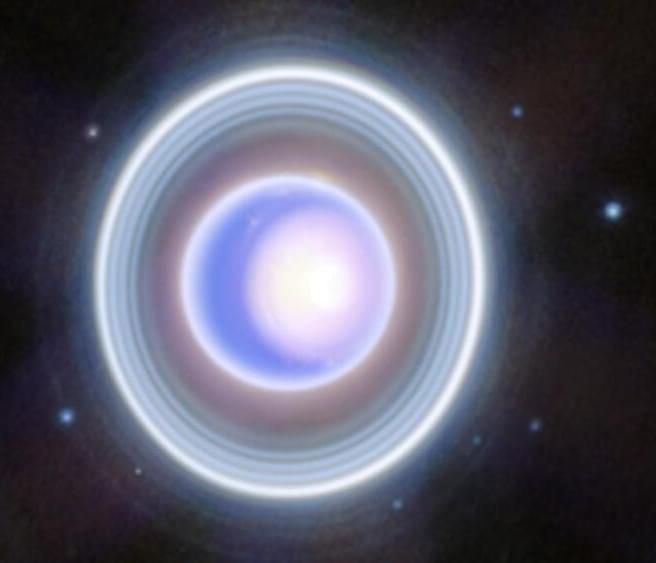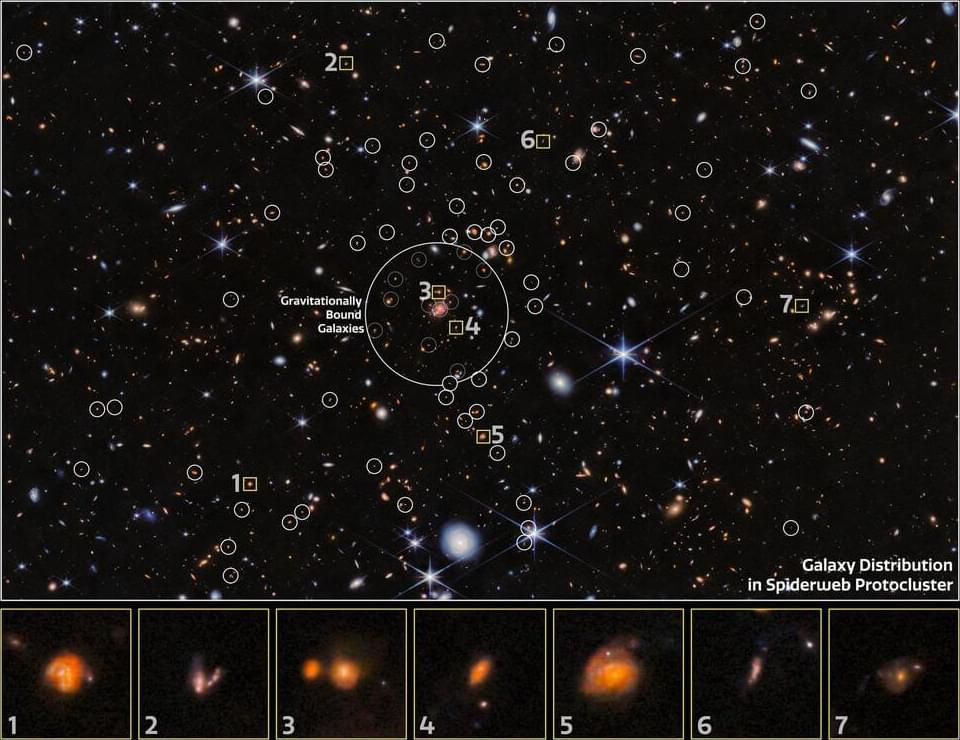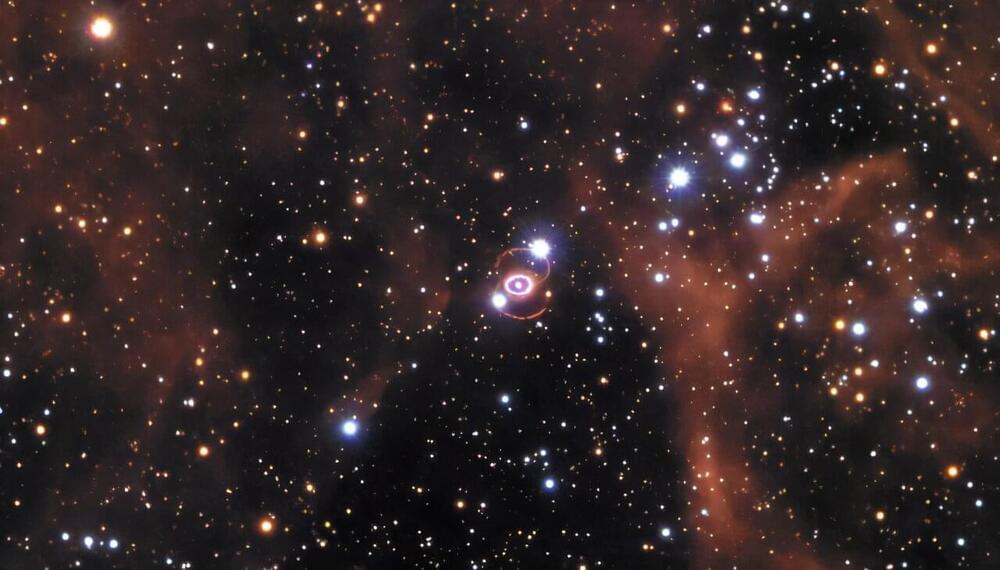Dec 10, 2024
Tracking Mars’ Catastrophic Dust Storms: A New Step Toward Forecasting
Posted by Laurence Tognetti, Labroots Inc. in categories: robotics/AI, space
What processes are responsible for dust storms on Mars? This is what a study presented today at the American Geophysical Union 2024 Fall Meeting hopes to address as a pair of researchers from the University of Colorado Boulder (CU Boulder) investigated the causes behind the massive dust storms on Mars, which periodically grow large enough to engulf the entire planet. This study holds the potential to help researchers predict dust storms on Mars, which could help current and future robotic missions survive these calamities, along with future human crews to the Red Planet.
“Dust storms have a significant effect on rovers and landers on Mars, not to mention what will happen during future crewed missions to Mars,” said Heshani Pieris, who is a PhD Candidate in planetary science at CU Boulder and lead author of the study. “This dust is very light and sticks to everything.”
For the study, the researchers examined 15 (Earth) years of data obtained from NASA’s Mars Reconnaissance Orbiter (MRO) to ascertain the processes responsible for kickstarting dust storms. After analyzing countless datasets of Martian surface temperatures, the researchers found that 68 percent of large dust storms on Mars resulted from spikes in surface temperatures during periods of increased sunlight through Mars’ thin atmosphere.
